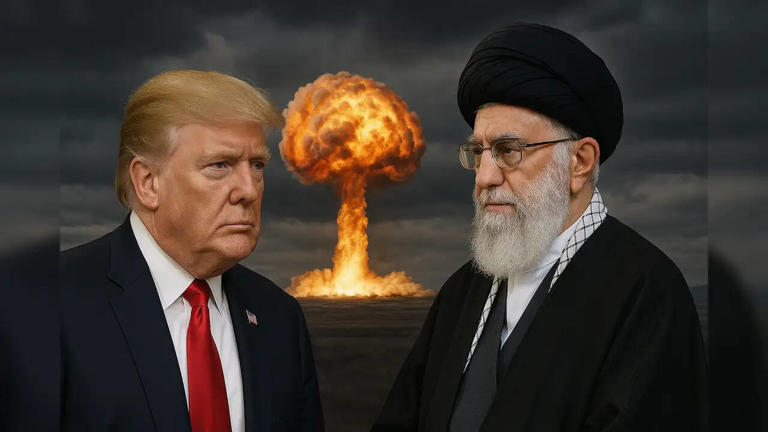A New Round of Negotiations. A Familiar Set of Stakes. Is Peace Within Reach—Or Is History Set to Repeat Itself?
The Big Picture: Why Are Iran and the US Talking Again?
After years of diplomatic silence, indirect threats, and escalating tensions, Iran and the United States are back at the table — cautiously, quietly, and mediated once again by Oman. The core issue? Iran’s nuclear ambitions and America’s demand for guarantees in return for lifting economic sanctions.
This isn’t a fresh crisis. It’s a sequel to a broken deal, a restart to one of the most complex diplomatic chapters in recent international relations.
How Did We Get Here?
- 2015: The Joint Comprehensive Plan of Action (JCPOA) was signed. It limited Iran’s uranium enrichment and opened its nuclear sites to inspection, in exchange for sanctions relief.
- 2018: Then-President Donald Trump pulled the US out of the JCPOA, calling it “a bad deal” and reimposed sanctions on Iran.
- 2024–25: With increasing pressure and shifting power dynamics, secretive backchannel diplomacy — led by Oman — has brought both parties back into informal dialogue.
What’s Happening Now?
Two high-level indirect talks have already taken place — one in Muscat, and another recently in Rome. These were described by both sides as “constructive,” and now the process moves into technical-level discussions, beginning this week in Oman.
This phase is crucial. Experts from both nations will negotiate the details of sanctions relief and how Iran’s nuclear commitments would be monitored and verified.
The Technical Talks: What’s on the Table?
These aren’t just diplomatic niceties — they’re complex engineering and economic puzzles:
- Uranium enrichment limits: Iran currently enriches uranium up to 60%. Under the old JCPOA, the limit was just 3.67%.
- Stockpile thresholds: The IAEA reports that Iran’s stockpile exceeds allowed levels.
- Verification mechanisms: Inspections and compliance checks must be defined, monitored, and enforced.
- Sanctions rollback: The US wants to ensure compliance before lifting any economic barriers.
These are not cosmetic adjustments — they are the core of trust-building mechanisms that could either secure peace or plunge the region into deeper uncertainty.
What Does Iran Really Want?
- Sanctions relief: Iran’s economy has suffered severely under US sanctions.
- Sovereignty and dignity: Tehran wants assurances that it won’t be bullied into future deals or sudden withdrawals like what happened in 2018.
- International legitimacy: A renewed deal helps normalize ties with Europe and other global powers.
However, Iran insists that its nuclear program is peaceful and governed by a religious decree that prohibits nuclear weapons — a claim skeptics often dismiss.
🇺🇸 What Does the US Really Want?
- Nuclear rollback: The Biden administration wants to cap Iran’s nuclear activity well below weapons-grade levels.
- Regional stability: Iran’s growing influence in Yemen, Iraq, and Syria remains a strategic concern.
- Domestic politics: Washington wants a “win” in foreign policy, especially after a series of global crises.
What’s Different This Time?
Unlike the grandstanding of the past, these talks are quiet, measured, and mediated. Both sides are aware that optics matter less than outcomes. There is less rhetoric, more realism.
Crucially, Iran and the US were reportedly in the same room during the second round in Rome — a notable shift from earlier fully indirect exchanges.
The Rhetorical Reality: Can Diplomacy Triumph Over Distrust?
The real question isn’t whether a deal can be signed — it’s whether a deal can last. The 2015 agreement was historic, but fragile. The world saw how quickly it unraveled.
So, is history doomed to repeat itself, or is this the turning point?
The Road Ahead
- Technical discussions continue in Oman this week.
- A third high-level round of diplomacy is expected soon after.
- The outcome will depend not just on uranium levels and sanctions, but on whether both sides are truly willing to trade distrust for dialogue.
Final Thought: More Than Just a Deal
What’s unfolding isn’t just about centrifuges and sanctions. It’s about trust, stability, and the future of diplomacy in a fractured world. As the global community watches, the question remains:

